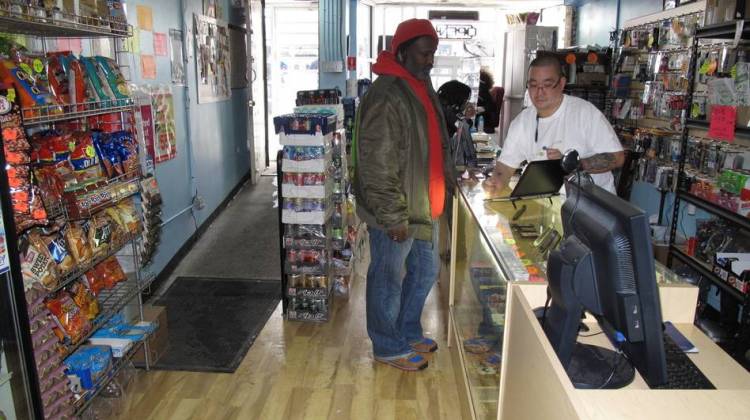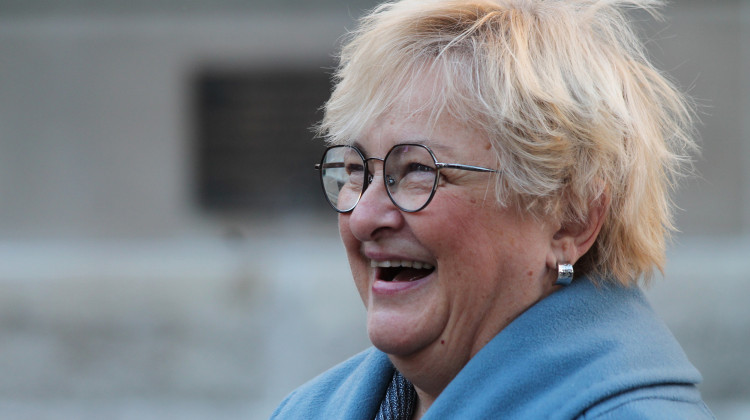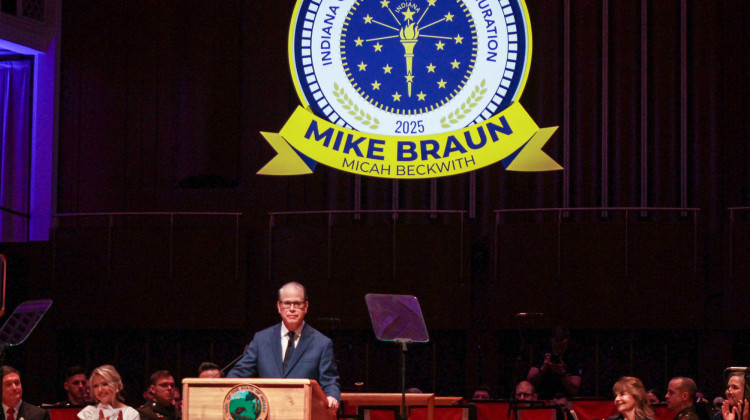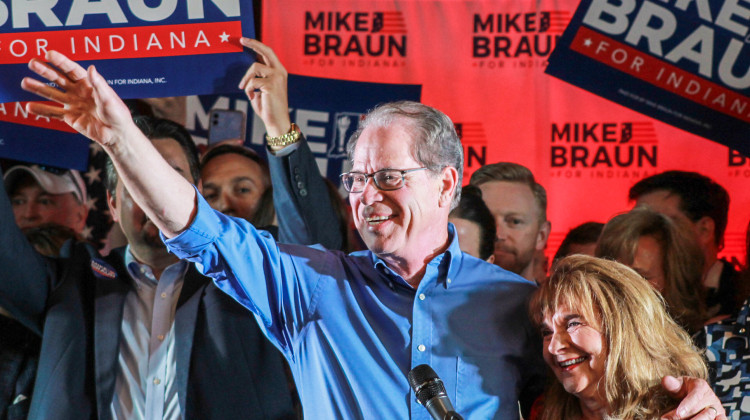Across the country, communities stranded in food and retail deserts are asking how they can enjoy the bounty afforded to other urban centers. One Washington, D.C., community thinks it might have an answer.
Just a 10-minute drive south of the U.S. Capitol, across the Anacostia River, sits Congress Heights. The Southeast D.C. neighborhood is less than 2 miles long and home to more than 8,000 people, many in single-family houses. But if you're looking for a sit-down meal, options are scarce.
Up Martin Luther King Jr. Avenue, just outside the neighborhood's boundaries, Georgena's has long been the block's only bar and restaurant. It's a former strip club that now serves a gracious soul food menu. Beyond that, your options are the liquor mart, IHOP and a couple of carryout places.
It's a largely low-income area, but it's also a stable one, with century-old churches, a nearby military base and pockets of a professional class.
For potential businesses, "low income" can seem an insurmountable hurdle.
Still, the city's planning office thinks this busy corridor has potential. It's been working with an urban planning firm to help communities take concrete and data-based steps to attract business.
The Safety Feedback Loop
The potential here is obvious for some Congress Heights residents, including business owner Donny Seto, who's lived in the area for six years. He opened his own cellphone store about a year ago.
"With this particular store, I have a larger variety of merchandise, including D.C. Lottery scratch tickets, hats, gloves," he says. "As long as you cater to the needs of the customers and you listen to what the customers say and what they want and you bring it into the stores, yes, they will buy it. And they will patronize your business."
If it's that simple, why aren't restaurants and retailers popping up along this well-trafficked street?
There's more than one answer here, but what it often boils down to is two words: bulletproof glass. Because for businesses, that often means two things: actual crime and the perception of crime.
Crime is a real concern here — Congress Heights had more than 100 violent crimes in the past year. But other trendier nightlife spots in the city have their own crime problems — and don't have the same reputation.
Which leads to the second issue, perception. Bulletproof glass signals to people in the community that the street isn't safe, creating a sort of feedback loop between perceived safety and actual safety.
"It's almost like if you don't have the confidence in your neighborhood to deserve a vibrant street, then you're not going to strive for it," says Heather Arnold, research director for the D.C. planning and design firm Streetsense.
But Seto, who runs the cellphone store, insists that if you get to know your neighbors, the neighborhood will be a safe place to do business.
"I get to know the families. I know from the kids, the grandmothers, the parents. That's why I'm not behind bulletproof glass, whereas a lot of other businesses you go into, everyone has bulletproof glass," Seto says. "Why? What are you so afraid of?"
Attainable Change
At a Thursday night community Congress Heights, Arnold says that residents often didn't feel Martin Luther King Jr. Avenue really belonged to them. "They didn't think it was representative of their community, they had really in some ways abandoned it a long time ago," the urban planner says.
When she asks residents to describe the main drag, many say it's unsafe and that they prefer to spend their time — and money — elsewhere.
But Arnold says there's hope for Congress Heights. She worked with the city planning office to break down the numbers behind great streets around the world. They created a Vibrant Streets Toolkit that applies those same metrics — things like density, education attainment and daytime population — and charts what types of businesses a community can realistically attract.
"I always say to them, I would love an Ann Taylor in my basement but I don't shop there enough to justify having one in my own house," Arnold says. "And so I try to explain to communities that just because you would shop there doesn't mean that there's enough money being spent within your market in order to justify there being a store."
Once communities know what's in reach, they receive specific steps to getting there. Some actions are big, like helping stores get zoned for outdoor seating. Others are smaller, like efforts to slow down traffic to make the street more pedestrian-friendly.
Arnold is already working with groups like Congress Heights Main Streets, an organization promoting economic growth. At the meeting, board member Rodney Bunn says he believes this could work.
"I grew up in Congress Heights so I know it's a great place to come, but you know there are some people who still have reservations," he says. "I believe we can change that."
The money and demand is there, he says. Just look at the new Giant supermarket right outside the neighborhood. He says lines there are always long. If they had another Giant on MLK Avenue, Congress Heights could reap the benefits, too, he says.
A new grocery store here, a new restaurant there — that could mean a new street.
9(MDEwMDc1MzM3MDEzNDczOTA0MDc1MzViMQ001))
 DONATE
DONATE








 Support WFYI. We can't do it without you.
Support WFYI. We can't do it without you.